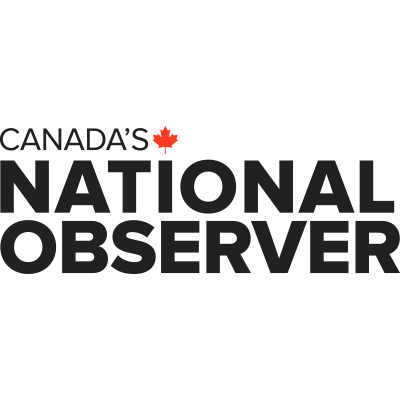Natasha Bulowski, Local Journalism Initiative Reporter, Canada’s National Observer
Construction on Canadian Nuclear Laboratories’ radioactive waste disposal facility won’t jeopardize the recovery of endangered turtle and bat populations, according to the federal government.
On March 18, Canadian Nuclear Laboratories (CNL) was granted a federal permit required under the Species at Risk Act (SARA) to start construction on its near-surface waste facility (NSDF) about 180 kilometres northwest of Ottawa.
For the permit, three endangered species were considered: the Blanding’s turtle, the little brown bat and the northern long-eared bat.
Ultimately, the company’s permit application was approved in mid-March by the Canadian Wildlife Service (CWS), a branch of Environment and Climate Change Canada.
The decision by CWS said CNL successfully demonstrated feasible measures will be taken to minimize the impact of construction on the three species and construction will not jeopardize their recovery.
Some measures will include identifying turtle and bat hot spots, “creation of turtle-crossing systems,” installation of temporary fencing around construction areas and permanent fencing along roadways, according to the decision.
“The alternative of not proceeding with the activity is not compatible with the government’s obligations and commitments of substantially reducing the risks associated with nuclear legacy waste or with the objective of creating opportunities for the revitalization of the Chalk River Laboratories,” reads the decision. The project’s location and footprint were chosen to minimize impacts to these species, it noted.
Blanding’s turtles and two species of bats are not the only creatures some First Nations and environmental groups are concerned about. In January, Kebaowek First Nation urged the federal government to withhold SARA permits due to “insufficient consideration” of the impact on at-risk species and the First Nation’s rights and responsibilities to protect endangered species on their ancestral territory. Kebaowek Chief Lance Haymond pointed to Algonquin-led studies that found black bear dens and eastern wolf pups were at risk.
Eastern wolves are listed as threatened in Ontario, but not at the federal level, so construction or activities on their habitat do not require a SARA permit.
Gretchen Fitzgerald, national programs director at Sierra Club Canada Foundation, wrote to Environment and Climate Change Minister Steven Guilbeault earlier this year asking him to instruct the department to wait until the impacts on other animals, including migratory birds and eastern wolves, are “thoroughly assessed” before issuing a SARA permit.
She called the permit a “terrible decision” and hopes “the minister will take a second look and listen to the Kebaowek First Nation and others who are calling for more work to be done to identify and protect habitat for endangered species, including wolves, that can be found at the site,” said Fitzgerald in an emailed statement to Canada’s National Observer.
In 2015, the Committee on the Status of Endangered Wildlife in Canada assessed the eastern wolf as threatened due its restricted range and small population. If this wolf, currently listed as a species of special concern, was formally recognized as threatened, their habitat would have to be protected and could include the NSDF site. The federal government must make a decision on the eastern wolves’ status by August.
During one of several consultations on eastern wolves, CNL said it would cost up to $160 million if the NSDF project was cancelled and planning and approval processes started from scratch.
Kebaowek Coun. Justin Roy said the Algonquin-led studies identified active bear dens and wolves as recently as last summer and provided photos and videos of the animals’ activities from cameras previously installed at the site.
— With files from Matteo Cimellaro


